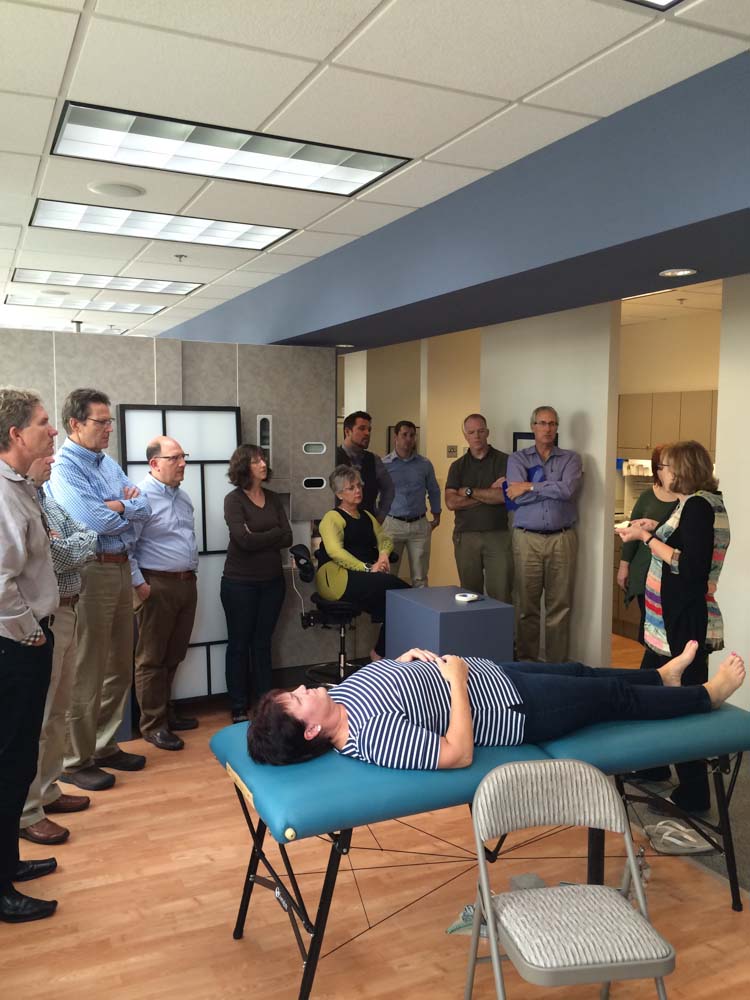T-Scan for bite imbalance While some people report an imbalanced bite, others find that they feel stable if they choose to bite left or right. This sensation of having two very distinct different options of where to put their teeth, actually indicates that the jaw is having to make a choice. So, as the teeth…
Read MoreThis patient had eaten a nice breakfast of the crunchiest toast and bacon ever! To his surprise, he had broken one of his front teeth in three pieces. Conventional wisdom is to bring whatever broken tooth parts to your dentist for her to see if she can use any part of it…
Read MoreLearn more at www.caugheydds.com Remember that old song, the leg bone is connected to knee bone? Well, your teeth are connected to your jaw which is connected to your neck and how you hold the posture in your upper body and in your neck will definitely effect how your teeth touch. For example, if I…
Read MoreIn 2006, Melissa Caughey, PhD, aka “the other Dr. Caughey,” co-authored a journal entry in the Amercian Heart Journal describing the correlation between blood vessel function and the bacteria found in gum disease. Although it was only a pilot study, it has been cited over 100 times in other journals, and the research findings are…
Read MoreT-Scan occlusal analysis for sensitive teeth Dr Caughey: “I’m sure that one of the most frustrating things for a patient go through is to have a tooth that is sensitive and the dentist can’t find what the problem is. There are things are very hard to see and then they’re also things that take a…
Read MoreJeanne McDaniel from The Nutrition Source visited our team today for a lunch-n-learn. In her presentation, we learned about the relationship between diet choices and nutrition, gut bacteria, and absorption of minerals. Did you know that Magnesium (Mg2+) is the fourth most abundant mineral in our bodies? It is helpful in management of blood pressure…
Read MoreWhat is the T-Scan? The T-Scan is a computerized teeth biting tool that measures the timing and force distribution of a patient’s bite as they close together. Ideally, a patient’s bite will come together so that their left and right teeth come together at the same time with the front teeth touching just a little…
Read Morehttp:// Post by Dr. Elizabeth Caughey, DDS.
Read MoreI am so pleased to participate in and advanced study group with other dentists, focused on TMJ and TMD treatment. Kathy Johnson is the sole physical therapist in the group, and I have a debt of gratitude to her for my learning “outside-the-box!” Thanks, Kathy!
Read More




